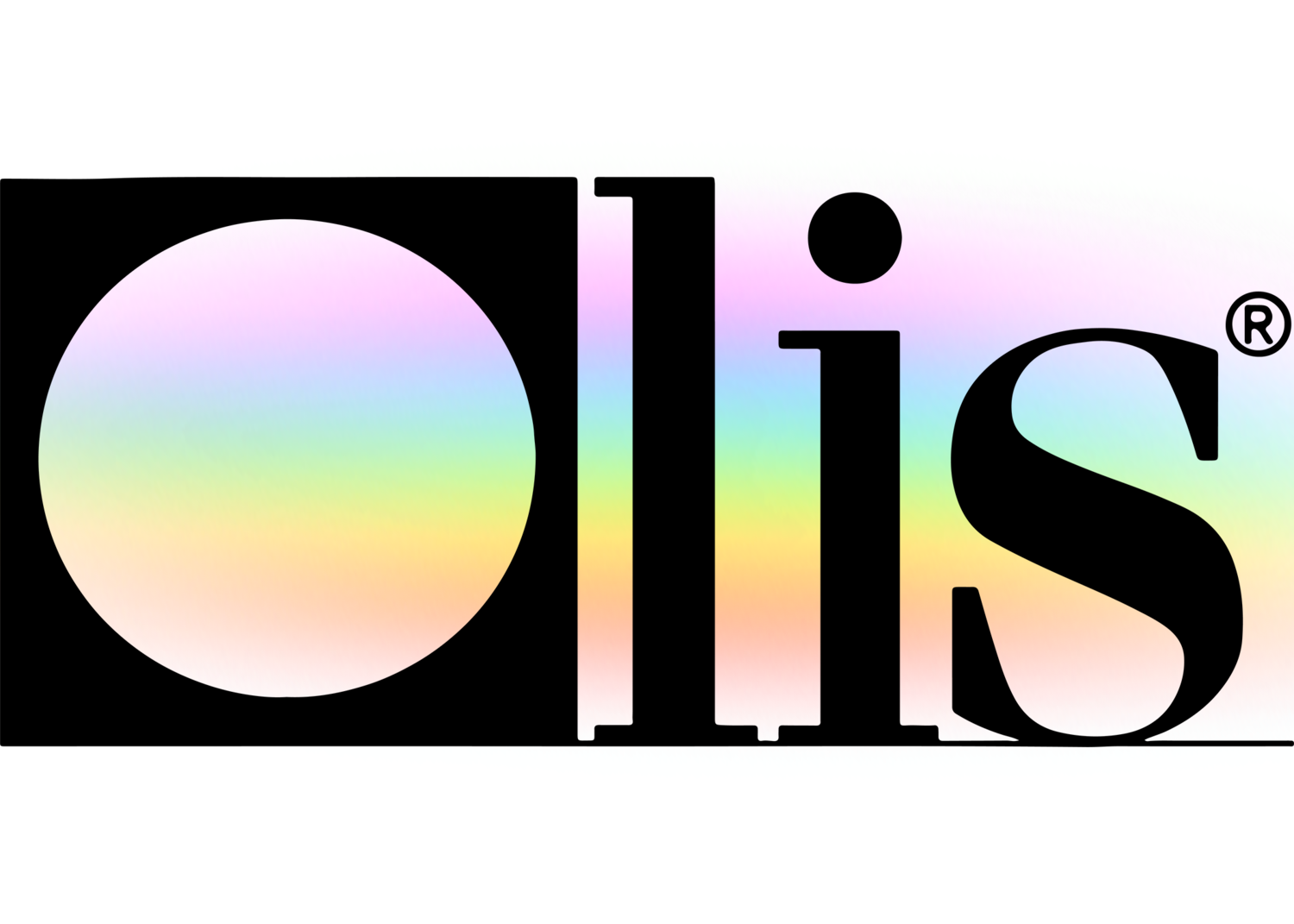Some Ideas on Uv/vis/nir You Need To Know
Some Ideas on Uv/vis/nir You Need To Know
Blog Article
Circular Dichroism - Questions
Table of ContentsThe Main Principles Of Spectrophotometers The 5-Second Trick For Circular DichroismUv/vis/nir for DummiesSome Known Facts About Spectrophotometers.The Greatest Guide To Uv/vis/nir

Although spectrophotometry is most frequently applied to ultraviolet, visible, and infrared radiation, modern-day spectrophotometers can question wide swaths of the electro-magnetic spectrum, including x-ray, ultraviolet, visible, infrared, and/or microwave wavelengths. Spectrophotometry is a tool that depends upon the quantitative analysis of molecules depending upon just how much light is soaked up by colored compounds.
The 10-Minute Rule for Circularly Polarized Luminescence
A spectrophotometer is frequently utilized for the measurement of transmittance or reflectance of solutions, transparent or opaque solids, such as polished glass, or gases. Many biochemicals are colored, as in, they take in visible light and therefore can be measured by colorimetric procedures, even colorless biochemicals can often be transformed to colored compounds ideal for chromogenic color-forming responses to yield compounds ideal for colorimetric analysis.: 65 Nevertheless, they can likewise be created to measure the diffusivity on any of the noted light ranges that typically cover around 2002500 nm utilizing different controls and calibrations.
An example of an experiment in which spectrophotometry is utilized is the determination of the stability constant of a service. A certain chain reaction within an option may occur in a forward and reverse direction, where reactants form items and products break down into reactants. At some time, this chain reaction will reach a point of balance called an equilibrium point.
The Greatest Guide To Spectrophotometers
The quantity of light that passes through the option is indicative of the concentration of certain chemicals that do not allow light to travel through. The absorption of light is due to the interaction of light with the electronic and vibrational modes of molecules. Each kind of molecule has an individual set of energy levels associated with the makeup of its chemical bonds and nuclei and thus will take in light of particular wavelengths, or energies, leading to special spectral homes.
They are widely used in numerous markets consisting of semiconductors, laser and optical production, printing and forensic examination, as why not look here well as in labs for the research study of chemical compounds. Spectrophotometry is typically utilized in measurements of enzyme activities, determinations of protein concentrations, decisions of enzymatic kinetic constants, and measurements of ligand binding reactions.: 65 Eventually, a spectrophotometer is able to figure out, depending on the control or calibration, what compounds are present in a target and precisely how much through estimations of observed wavelengths.
Invented by Arnold O. Beckman in 1940 [], the spectrophotometer was developed with the aid of his associates at his company National Technical Laboratories founded in 1935 which would become Beckman Instrument Company and ultimately Beckman Coulter. This would come as a solution to the formerly developed spectrophotometers which were unable to take in the ultraviolet correctly.
The Ultimate Guide To Circular Dichroism
It would be discovered that this did not offer satisfactory outcomes, for that reason in Design B, there was a shift from a glass to a quartz prism which permitted much better absorbance results - UV/Vis/NIR (https://linktr.ee/olisclarity1). From there, Model C was born with an adjustment to the wavelength resolution which wound up having three systems of it produced
It irradiates the sample with polychromatic light which the sample takes in depending upon its properties. It is transmitted back by grating the photodiode selection which identifies the wavelength region of the spectrum. Since then, the development and implementation of spectrophotometry gadgets has actually increased exceptionally and has ended up being one of the most innovative instruments of our time.

Uv/vis/nir Fundamentals Explained
Historically, spectrophotometers utilize a monochromator containing a diffraction grating to produce the analytical spectrum. The grating can either be movable or repaired. If a single detector, such as a photomultiplier tube or photodiode is used, the grating can be scanned stepwise (scanning spectrophotometer) so that the detector can determine the light intensity at each wavelength (which will correspond to each "step").
In such systems, the grating is repaired and the intensity of each wavelength of light is measured by a various detector in the array. When making transmission measurements, the spectrophotometer quantitatively compares the fraction of light that passes through a referral option and a test option, then digitally compares the intensities of the two signals and computes the percentage of transmission of the sample compared to the reference standard.

Report this page